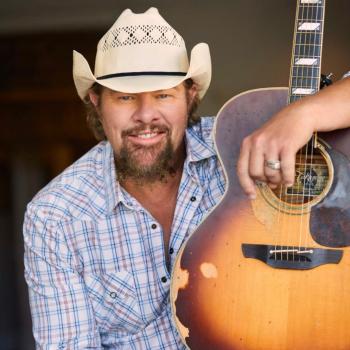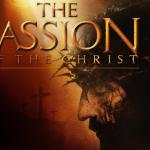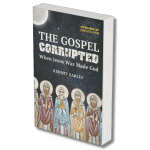The last several months have seen many thoughtful responses to Ta-Nehisi Coates’s “A Case for Reparations,” published in The Atlantic in late May. Of special interest to readers of RiAH may be a recent roundtable discussion posted at the Society of US Intellectual History blog, as several of the contributions use the famous “Black Manifesto” as a starting point for considering various aspects of the modern reparations debate. I, too, thought of the Black Manifesto as I read and reflected on Coates’s piece, but I did so with the Manifesto’s place in American religious history in mind. In this brief post, I want to consider how the Manifesto, as an event, is often read and included in narratives of twentieth-century American religious history, and to tentatively – and perhaps a bit vaguely – suggest some alternative questions that might be useful in thinking through those narratives. (Because some of the themes I raise here are relevant to my own current research, I hope to comment further on these suggestions in later posts.)
The events surrounding the Black Manifesto are rather well-known. On May 4, 1969, James Forman disrupted Sunday services at New York City’s prestigious Riverside Church, marched to the pulpit, and proceeded to read a long document, the Black Manifesto, to the congregation. Forman ostensibly represented the National Black Economic Development Conference (NBEDC), itself an outgrowth of the ecumenical Interreligious Foundation for Community Organization (IFCO), which had approved the Manifesto only a few weeks earlier. In vivid, even shocking language, the Manifesto demanded 500,000,000 dollars “from the Christian white churches and the Jewish synagogues” and detailed how it was to be spent on a range of programs and services for the black community. Further, it exhorted African Americans to do as Forman had done, and to disrupt religious services across the country in support of the Manifesto’s appeals. And so many did: an interracial group of students occupied the offices of Union Theological Seminary a week later, and several other occupations of various denominational offices followed suit; copies of the Manifesto were distributed to leaders or read to congregations of churches big and small, often by interrupting Sunday services; and the calls for reparations even encouraged other minority groups to appeal to the churches for financial support.
The fervor of the Black Manifesto’s rhetoric and the actions it spurred was matched only by the heated discussions within and between religious groups over what the Manifesto was and how to respond to it. For although many leaders and religious organizations dismissed the Manifesto’s demands without reservation, many others saw the document and the activism it sparked as speaking to a persistent complicity in the various structures of racism on the part of America’s churches and denominations. In this respect, the disruptions associated with the Manifesto intersected with the longer, broader struggles faced by religious groups who sought to engage their institutions and leadership with the key issues of the time. As a result of these conflicts, the controversies that swirled around the Manifesto were hotly debated in religious publications, church and denominational board meetings, and numerous other settings; many of America’s largest religious organizations issued statements addressing the Manifesto and its demands.
Read the rest here















